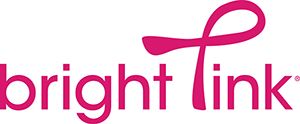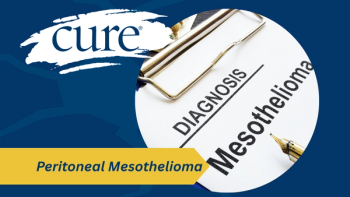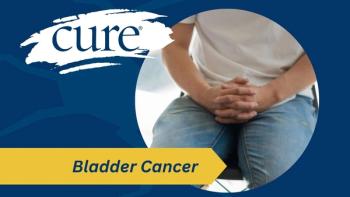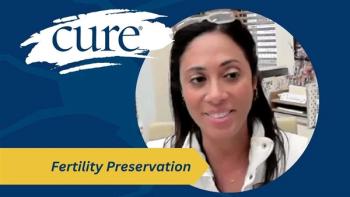
Redefining Breast and Ovarian Health Education to Save Your Patient's Life

At Bright Pink, we feel fortunate to hear stories each day from young women who are taking action when it matters most.
At Bright Pink, we feel fortunate to
In our early stages as an organization, we were educating and providing support to high-risk young women with a predisposition to breast and ovarian cancer due to a strong family history or a genetic mutation that increased their odds of developing breast or ovarian cancer.
As we deployed programs for this audience, we started hearing a disconcerting pattern of response. In many cases, these young women knew more than their doctors about genetic mutations or modifiable lifestyle risk factors. Perhaps most upsetting were the stories we heard from women who had been brushed off because of their young age but whose family history suggested a high risk for breast cancer.
We believe that it takes both an educated patient and proactive health provider to truly affect change and save a life. With this in mind, we began to expand our program offerings to reach both of these audiences. Health providers are extensively trained to provide sound diagnoses and effective treatment, but we saw that there was a distinct knowledge gap where breast and ovarian cancer risk assessment and management was concerned. With determination and optimism about our ability to make a real difference, we set out to close that gap.
After piloting the program for two years, we launched our
In our program, we address the now increasingly familiar topic of hereditary breast and ovarian cancer syndrome and its corresponding high level of risk and risk-reduction strategies. But we underscore two additional key points.
First, we can’t assume that young women without a genetic mutation or dramatic family history of breast and ovarian cancer are automatically at average risk. It’s necessary to acknowledge the existence of a middle, “moderate risk” category that requires a unique risk management strategy, different from what’s called for in average-risk women.
Second, knowing that 1 in 8 women will be diagnosed with breast cancer in her lifetime, and 1 in 67 with ovarian cancer, we also can’t ignore women at average risk. We can’t categorize breast and ovarian health as topics to begin covering with patients only when they hit mammogram age. We know that women begin both accumulating risk and establishing lifelong lifestyle patterns at a young age, so, through our program, we train health providers to begin discussing modifiable risk factors and risk reduction with their average-risk patients in their 20s and 30s.
The Women’s Health Provider Education Initiative consists of a proprietary, research-based lecture and accompanying case study discussion that provide a practical framework for identifying and managing risk in young women. This presentation is:
Evidence-based. This academic lecture was developed by team of experts and, through our pre- and post-assessments, we validate that health providers are actually retaining the information and putting it into practice.
Novel. We are a nonprofit looking to give a lecture in a Grand Rounds or resident didactic setting, but we are not looking for money for doing so. We are inspired by the possibility of reaching all women through their health providers.
Universal. We don’t focus exclusively on high-risk women because we know that 75 percent of breast and ovarian cancers are sporadic, with no known hereditary or genetic cause. And our lecture is appropriate for all healthcare providers on the front lines of women’s healthcare: OB/GYNs, internists, family practice providers, nurse practitioners and physician assistants.
The lecture, entitled “Breast and Ovarian Cancer Prevention: Risk Stratification and Management in Young Women” is delivered free of charge by Bright Pink-trained professionals. We have presented to thousands of providers in 90+ institutions: including Harvard, Johns Hopkins, and Washington University. Over 85 percent of past attendees said that the information covered was new to them and another 96 percent said that they would incorporate the lecture material into everyday practice. And, because we educated 4,000 health providers in 2015, over 12.9 million patients are seeing the benefit each year.
This year, we are looking to educate an additional 6,000 health providers. To make the next conversation you start with your patient the one that helps her take control of her breast and ovarian health, email [email protected] to schedule this lecture at your institution in 2016 or 2017.
We also hope that you point your patients toward our suite of programs that reach the general public. Through our





